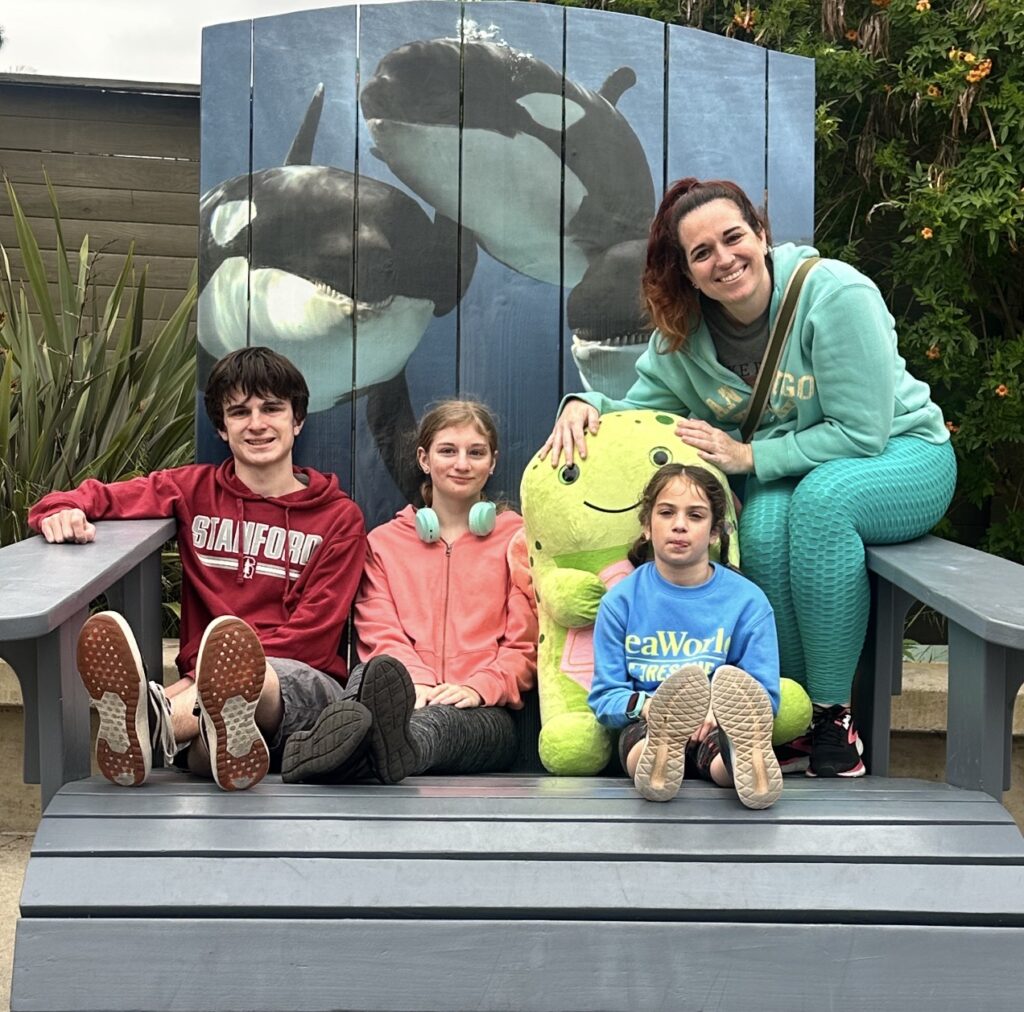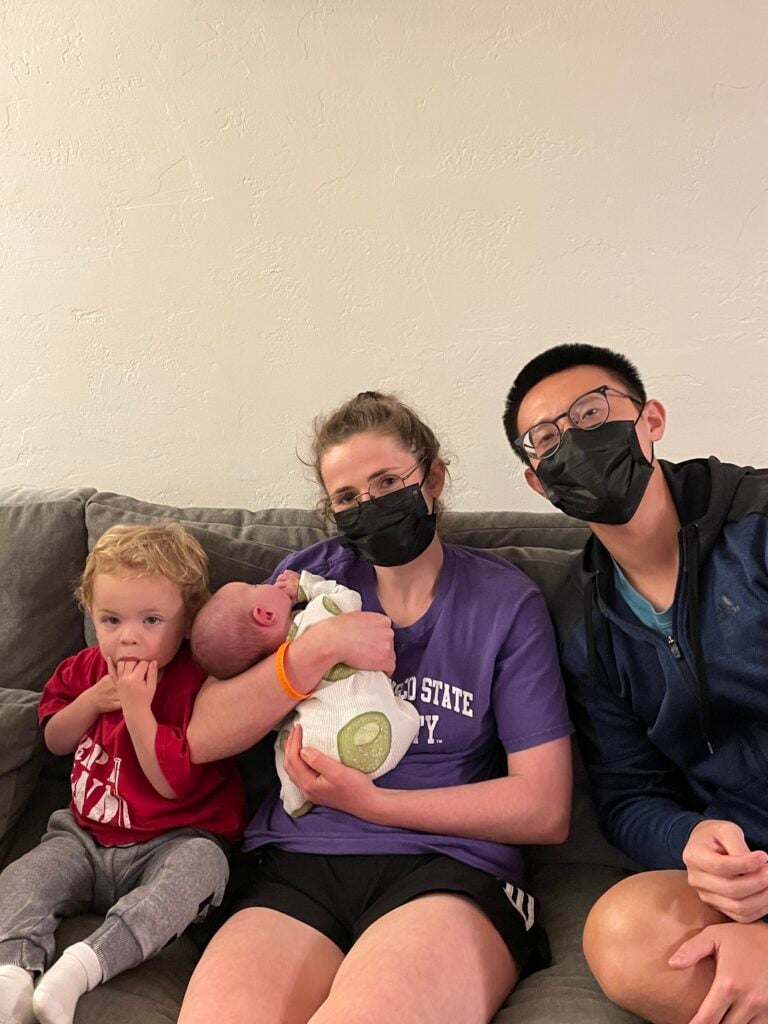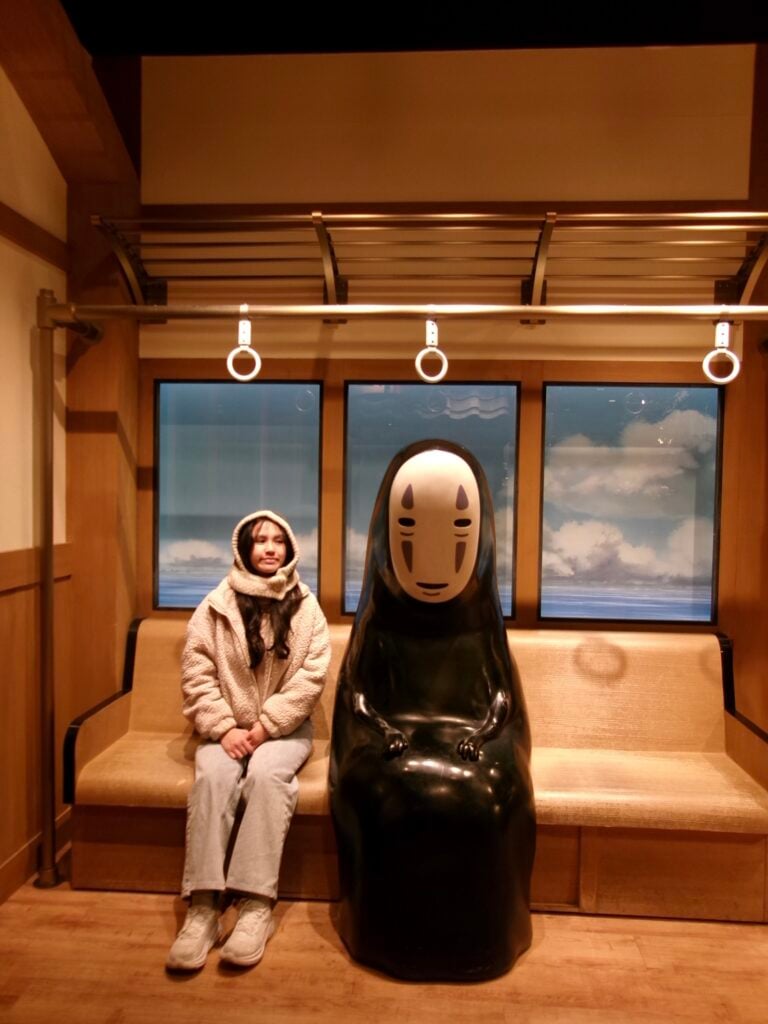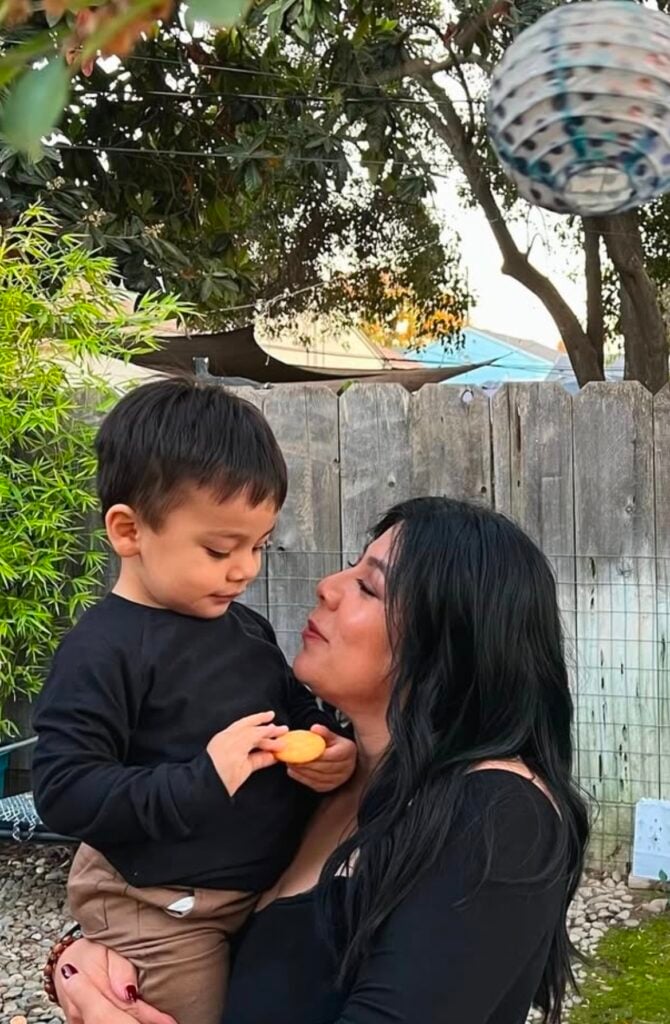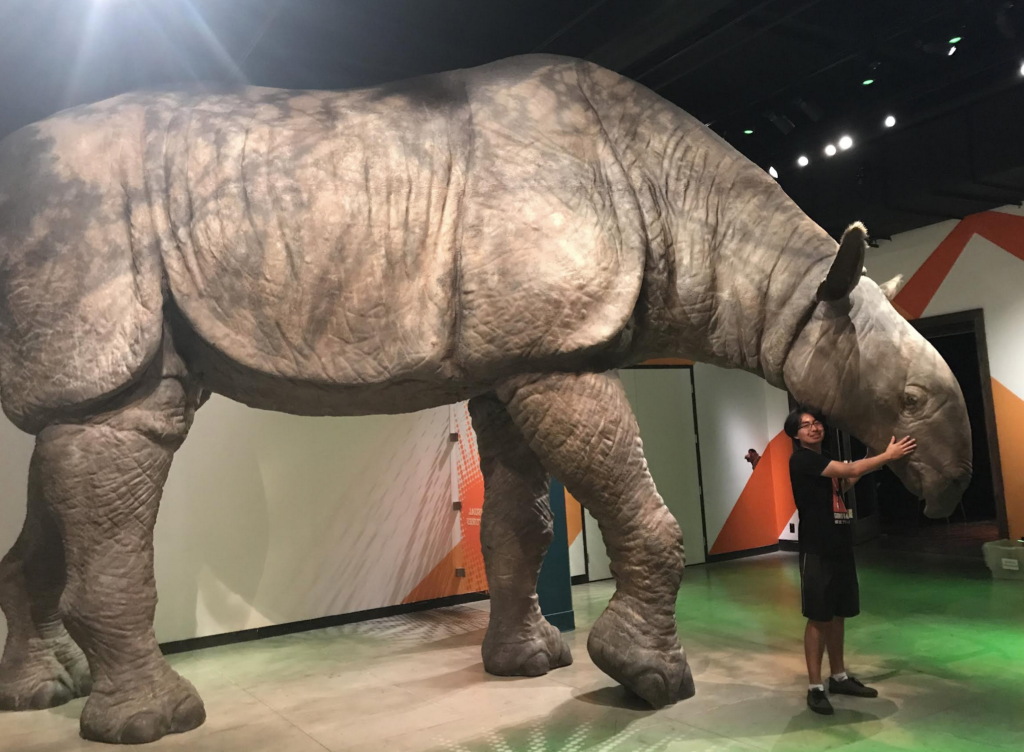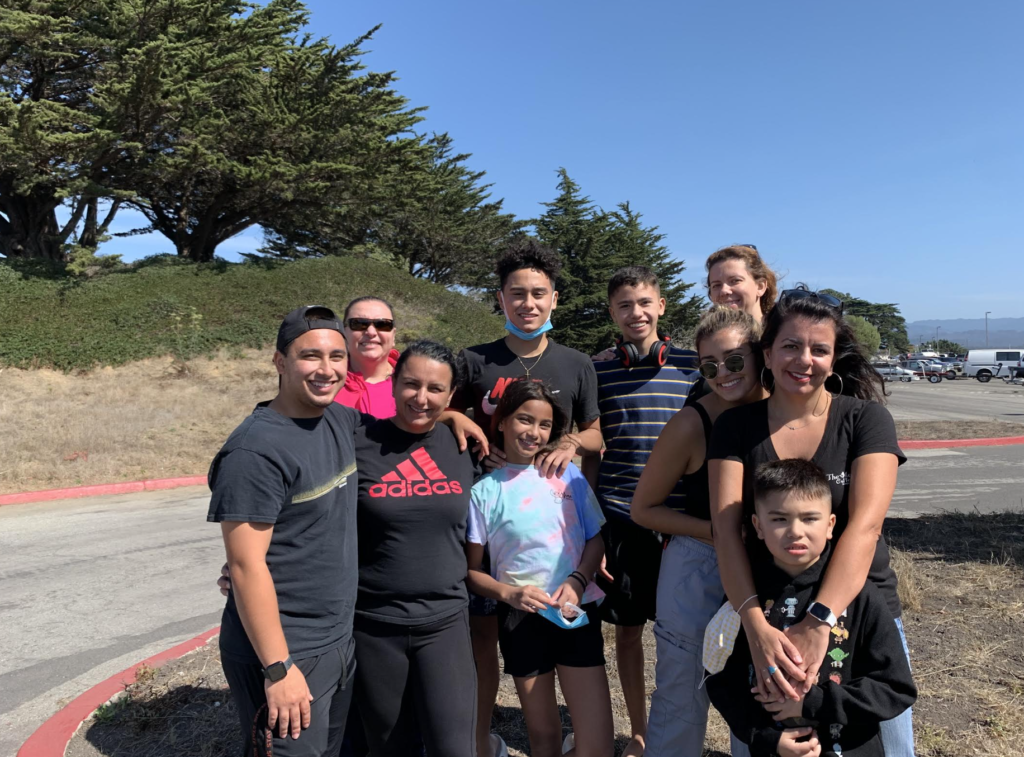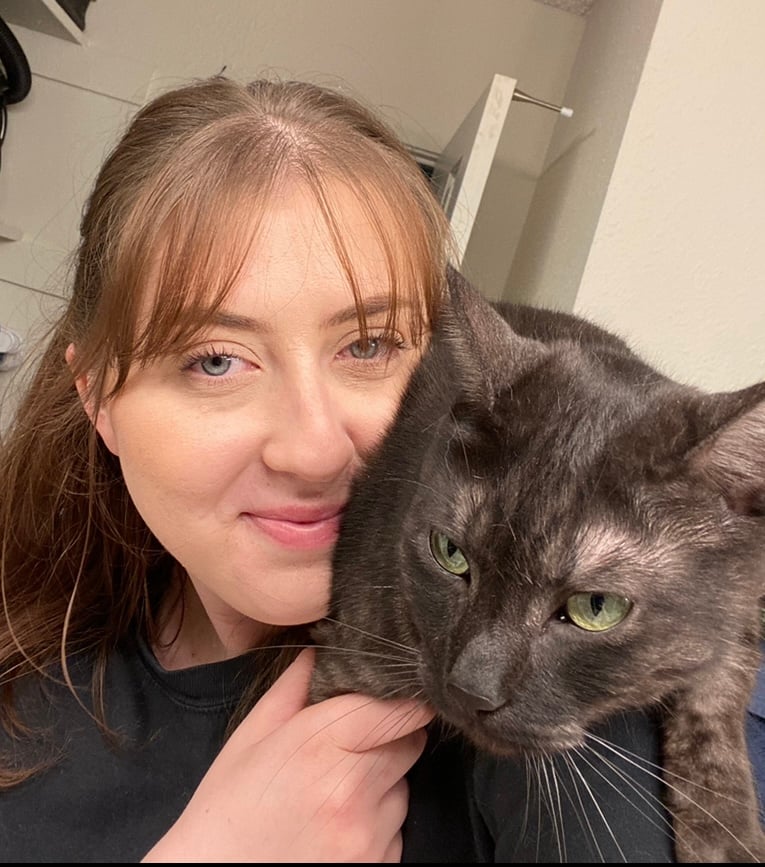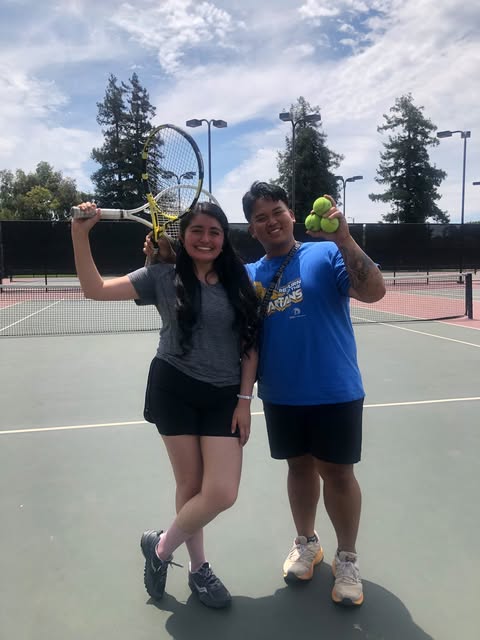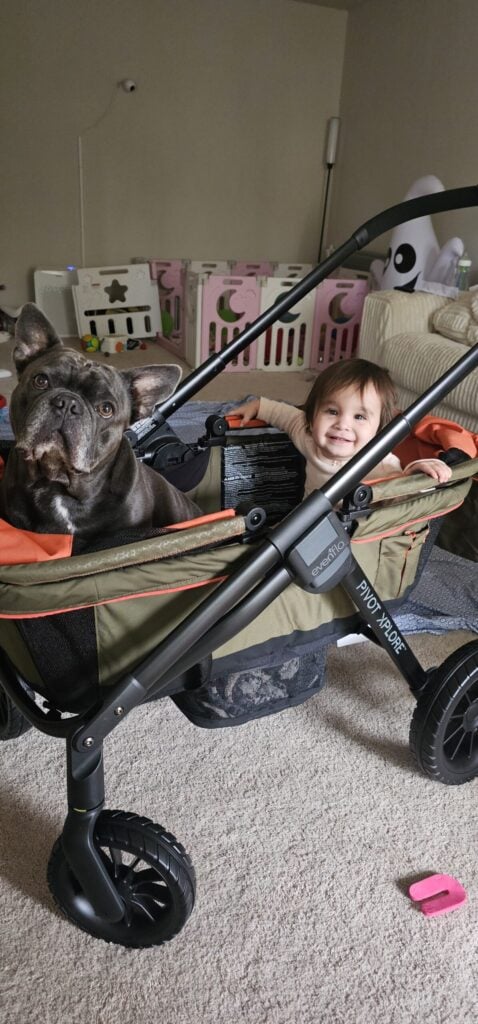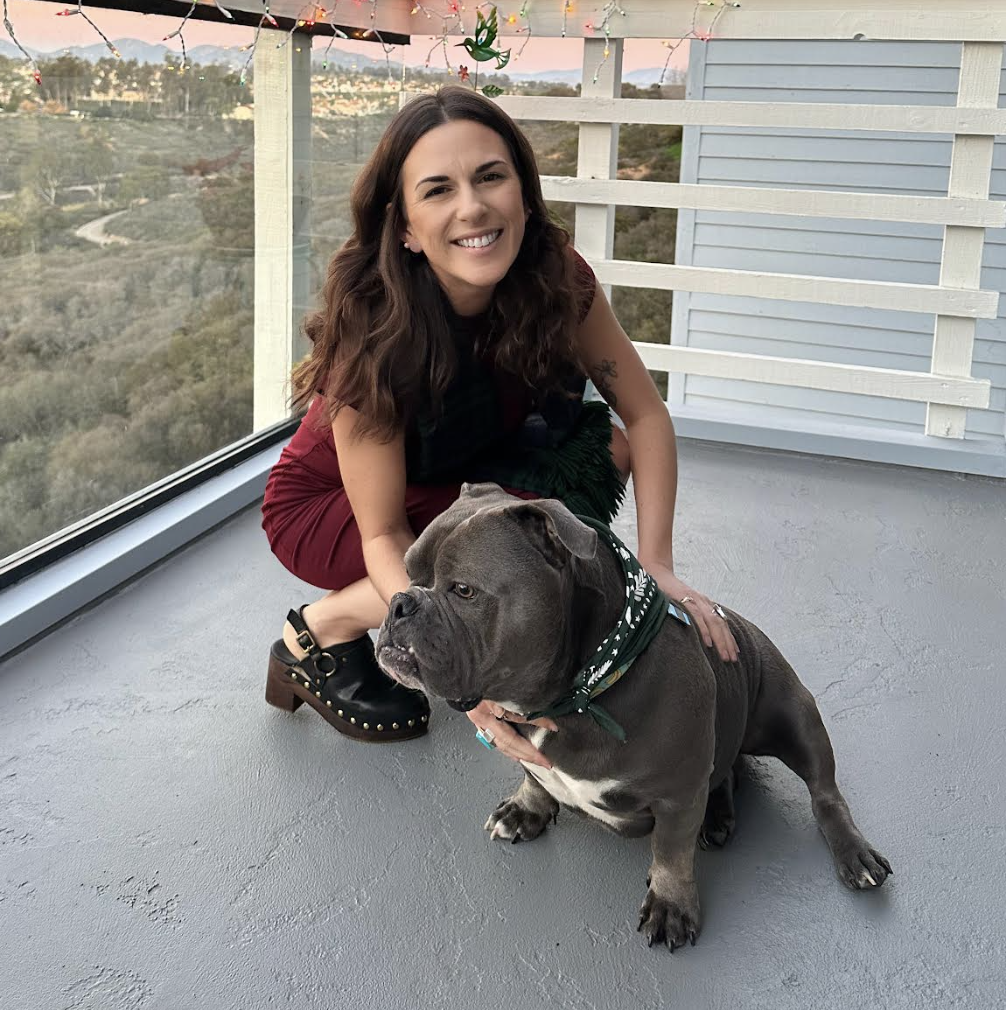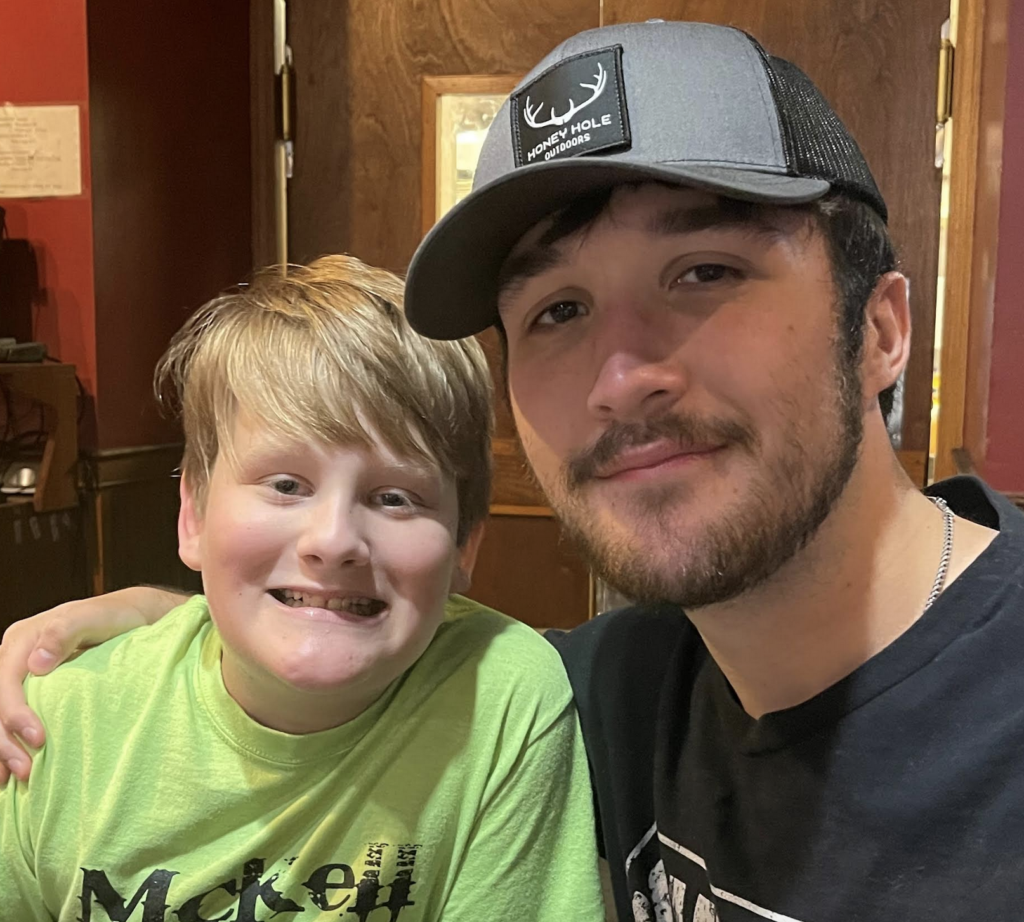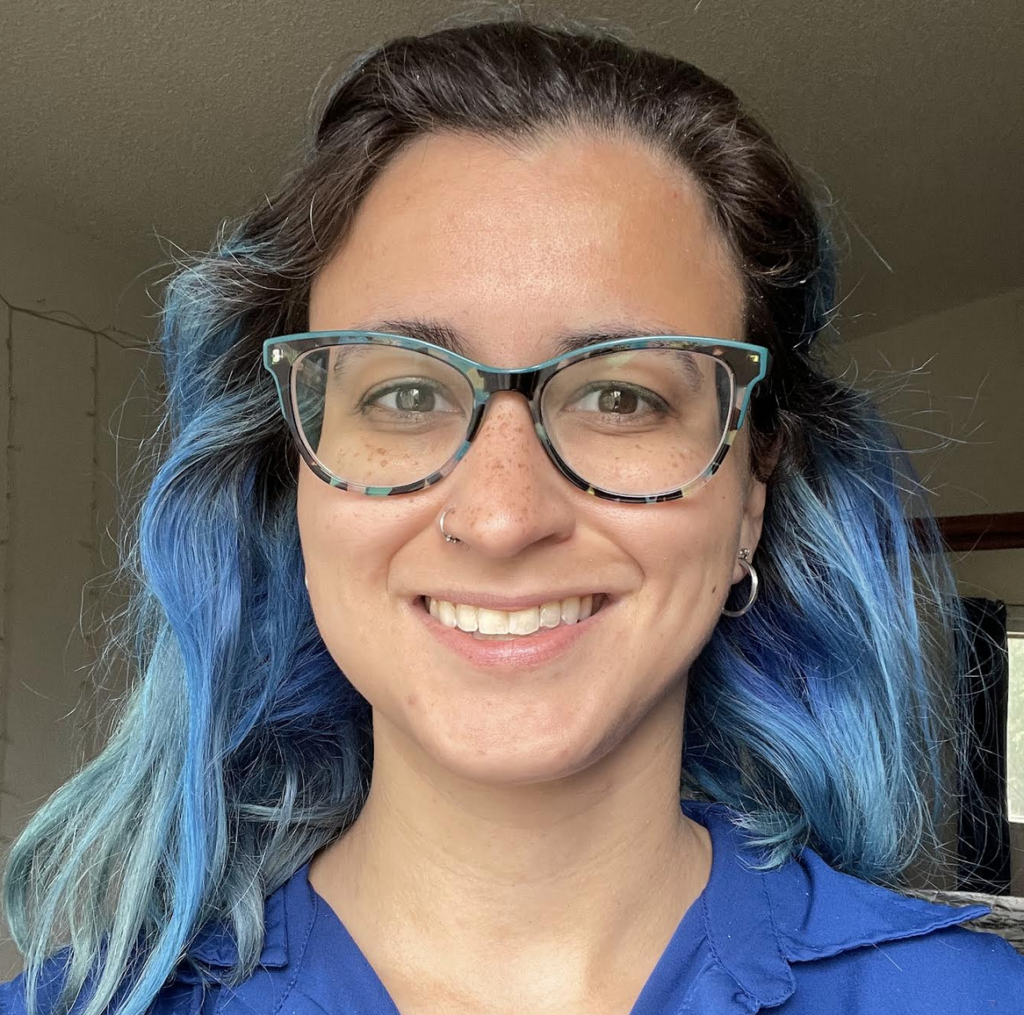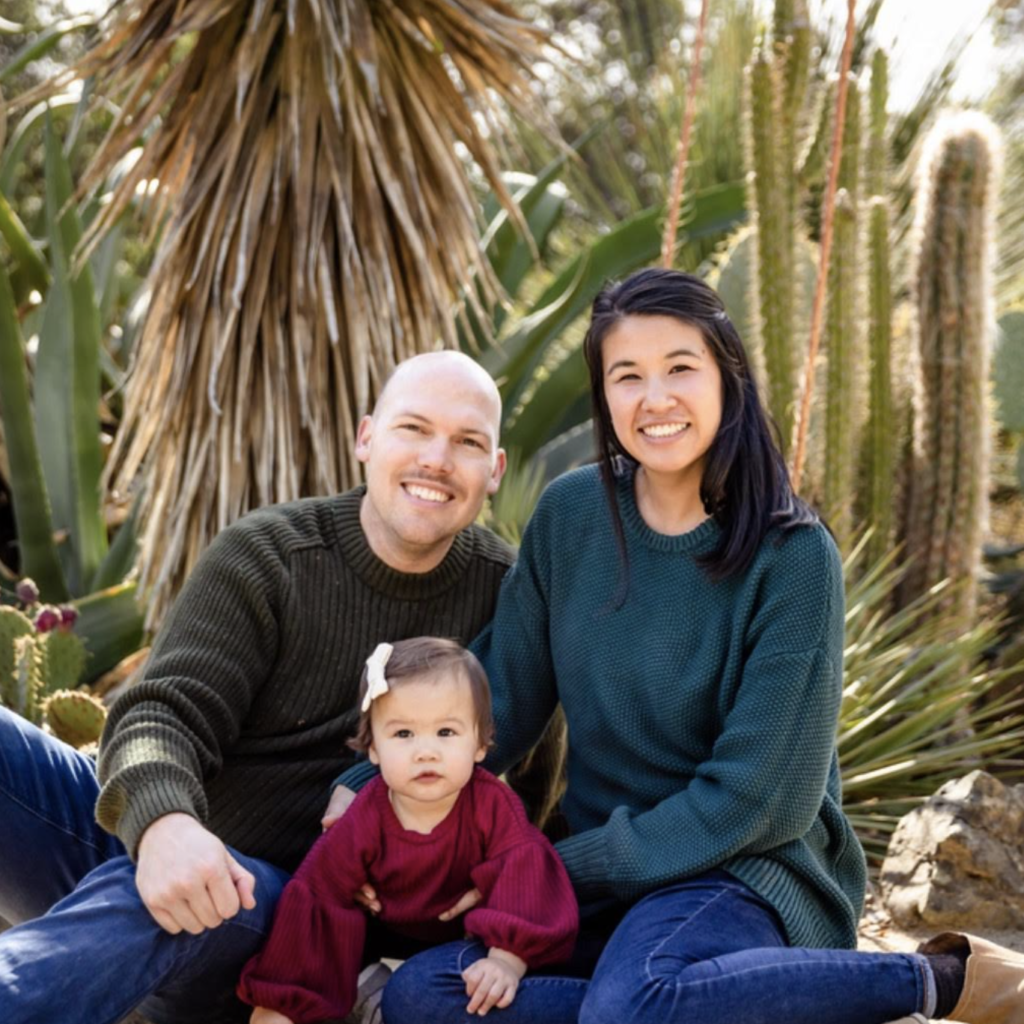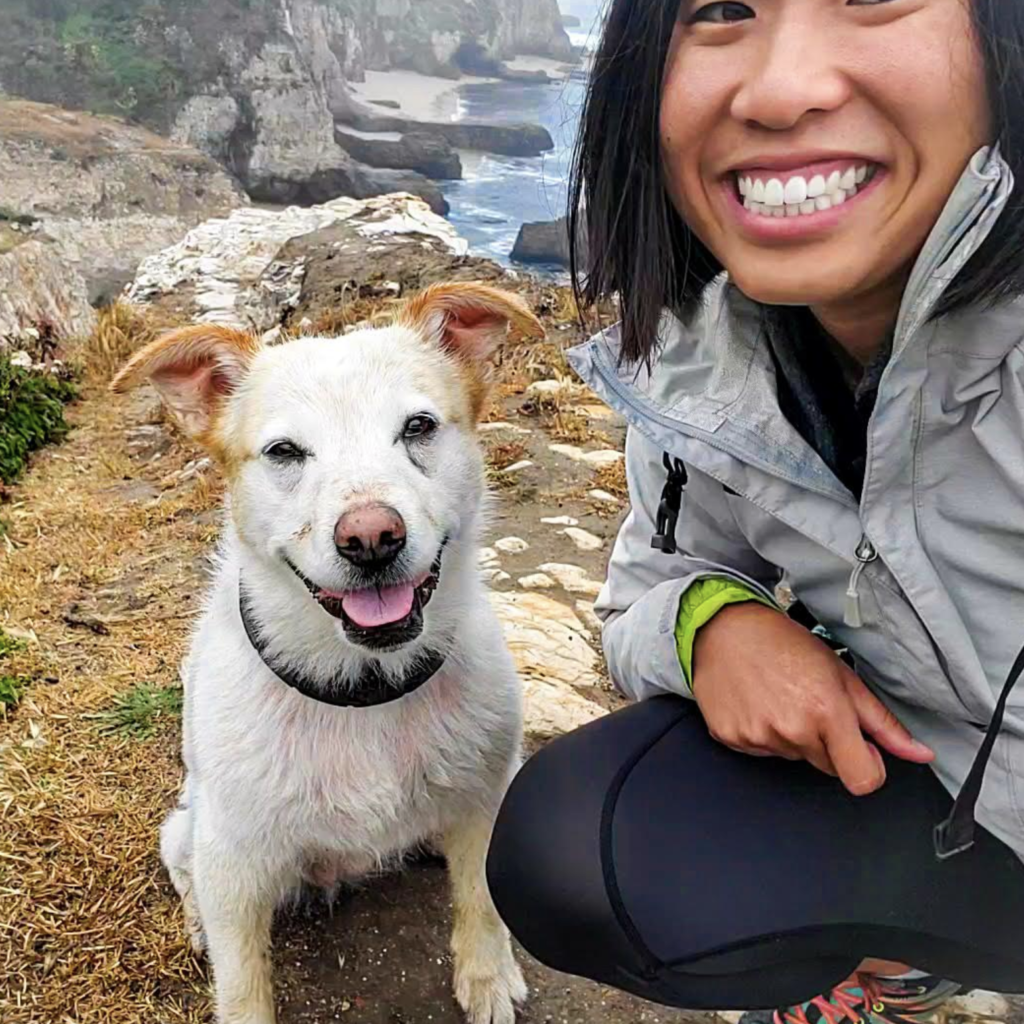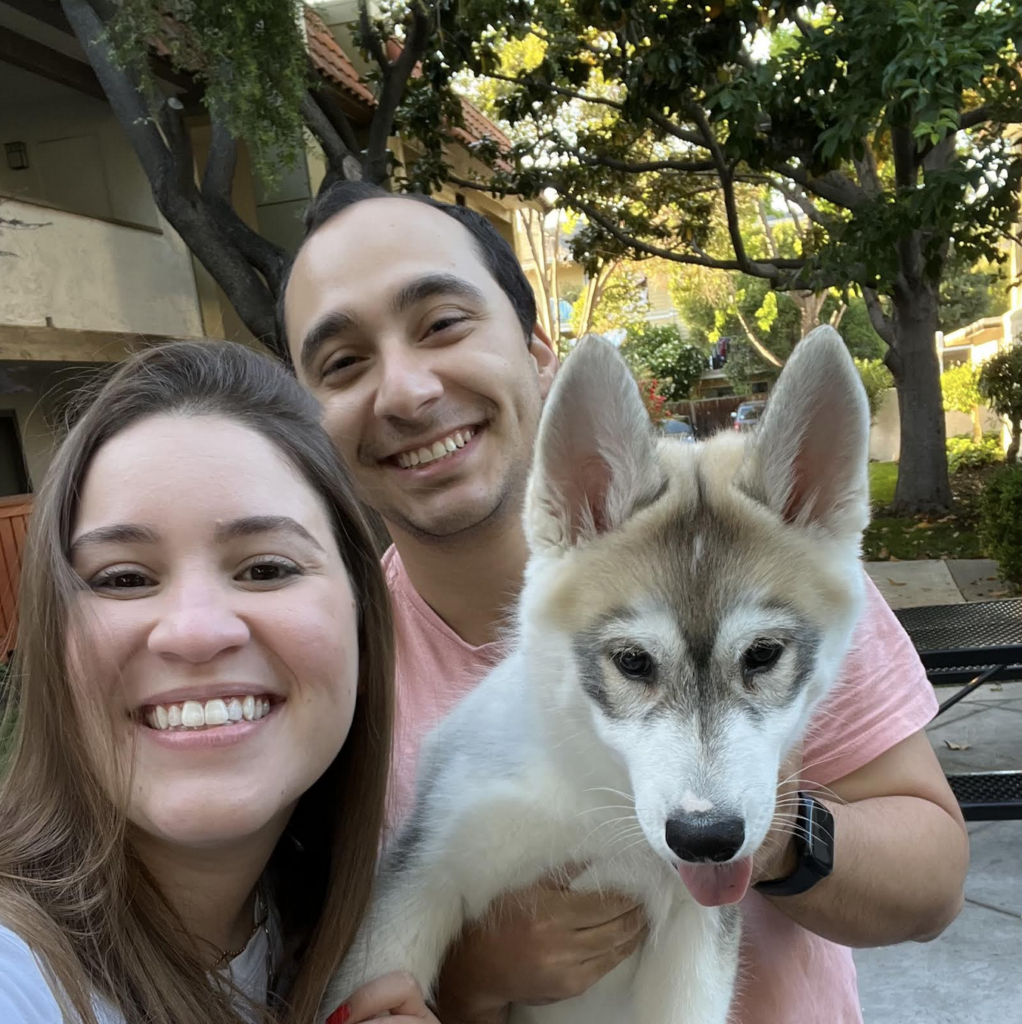Torticollis is seen in babies who prefer to tilt their heads in one direction only or turn their heads in one direction. Or there could be a tilt and a head turn. It results from tightness of the neck muscles and can ultimately have an effect on the whole child’s body. That’s why it’s important to prevent torticollis in your baby.
Torticollis Can Eventually Affect a Child’s Entire Body
Ideally, your baby should hold their head straight up in a neutral position. With torticollis, the tightness in the back muscles can travel down the body to affect their trunk and hips. It can also affect how they develop skills like crawling and walking and even their vision. If they are always seeing things from a tilted position, their horizon becomes a little bit tilted from the way it should normally look.
Because it can affect so many aspects of development, it’s something you want to notice in your children early on. When they are young and little, treatment is a lot easier than when they get older and start moving around all over the place.
Therefore, if you see your child with a preference to either turn or tilt their head in one direction or if you notice some flattening on the back of their head, you may have some tightness or weakness in the neck that a physical therapist can improve.
How a Parent Can Prevent or Address Torticollis
There are a couple things parents can do at home to help prevent or start to address torticollis. First, use intentional positioning. Think about how you’re going to position your child when they’re playing, when you’re feeding them, when they’re being held or when they’re sleeping. Intentionally position them so that their environment and the people they want to look at are on the side opposite to the way they tend to turn their heads.
Say they prefer to turn to the left. That means offering them toys and engaging with them from their right side. Encourage them to turn their head to look at their environment to the right. It helps if everything on their left side is boring. It’s the wall—nothing exciting for them. In that way, you’re encouraging them to rotate that head and neck.
Do’s and Don’t of Preventing Torticollis
- When feeding, offer them food from the side they avoid
- When they are being carried, set them up so they can most easily turn their head to look toward the side that is stiff
- Avoid what we call baby containers—seats and devices that kids are strapped into
- Provide opportunities for tummy time
Using Baby Seats and Tummy Time the Right Way
Baby seats are great to give parents a chance to get things done but they limit your child’s ability to move and play and engage in their environment. Limit the use of these seats to 10 to 20 minutes a day, broken up throughout the day. Don’t use them consistently or frequently.
When babies are in these seats, they have limited opportunities for movement. The seats don’t encourage babies to work on those neck muscles, so avoid them as much as possible.
A lot of babies have a hard time with tummy time. You can modify it by putting them on your chest so they are face-to-face with you. Or recline to a more vertical position. They will still work on muscles in their arms, tummy and head control. You can also place them on an elevated surface on the floor, such as a Boppy pillow or wedge. They would love it if you got down on the floor with them. Siblings on the floor with them are also great.
The Key to Preventing Torticollis: Encourage Rotation to the Side They Avoid
Anything you can do to get the baby to turn to the side they are avoiding will help. When they’re on their tummy, offer them toys from the side they do not prefer. If you have a kiddo who prefers left, offer toys over to the right side to really encourage that right rotation.
However, if you’re doing a lot of these exercises at home and your baby still really prefers one side over the other, it’s time to reach out to a local physical therapist. Also, watch for any flattening on the back of their head that doesn’t seem to be getting better. A physical therapist can help you with exercises and stretches you can do at home. There are lots of different exercises to help strengthen those muscles and stretch out the tight side. There are always two sides to this treatment: stretching and strengthening those neck muscles.
Remember, it’s great to start it when they’re little. If you notice your little one is consistently turning their head one direction or the other, it never hurts to reach out early, get a checkup and see how you can help them at home.
Let Joy & Laughter Developmental Therapy Help Your Baby with Torticollis
Our treatment always begins with evaluating a baby’s range of motion and strength. We can then provide the family with a home exercise program with actions to do throughout the day. Working together, we can bring about a big improvement in torticollis.
If you have any concerns or any questions about torticollis, give us a call. We’d love to chat with you. We can set up a free consultation for you and your child so you can learn exactly how we can help. Call us at (408) 337-2727.
About Stacey Wong
Stacey received her Doctorate of Physical Therapy from Eastern Washington University in 2017 after receiving her Bachelor’s in Applied Exercise Science from Azusa Pacific. Stacey has experience working in many settings including outpatient, early intervention, home health, and schools. She has treated children from birth through high school with various diagnoses including delayed milestones, abnormalities in mobility/walking, torticollis, and plagiocephaly, cerebral palsy, Down Syndrome, infants with a history of fetal drug exposure, and children with genetic abnormalities.










